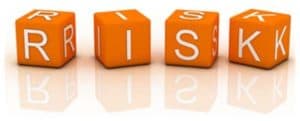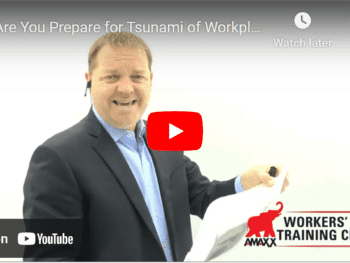
In an ERM platform, process owners perform risk assessment in a standardized and repeatable method that aggregates up to the CFO. The Chief Risk Officer or Risk Manager is responsible to provide the framework and to ensure assessments are on-going, complete (strategic & operational) and based on the root causes of the company’s business risk.
A centralized risk repository provides feedback on risk, across functions and levels, and is qualified and quantified and easily prioritized so the CFO can provide one comprehensive picture to the board.
Operational insight is not something a CFO should be tracking. A structured process ensures current and emerging risk is being evaluated and assessed on a day- to- day basis.
Is there focus on the silos?
All organizations have silos. It is challenging to make connections across silos and difficult to effectively escalate even the most obvious concerns. Data is collected in different places; each area only has a piece of the problem and typically, activities and the conclusions are confined in silos.
What efforts, resources and thoughts are put into breaking down silos? The core to ERM is addressing silos so that valuable resources are not wasted and cross-functional efficiencies are not lost.
Hazard vs. Business Risk
Traditional risk management deals with hazard-based risk. As hazards are negative, the goal is to avoid or eliminate risk.
There is a “seize the opportunity” component to business risk. All business decisions involve risk; they shift efforts and resources. The upside to these decisions is gain and the downside, loss.
ERM applies risk management logic to business decisions so that efforts and resources shift to an organization’s most important needs and key opportunities are not lost.
Is organizational noise good or bad?
It depends – random and unsubstantiated comments can undermine well thought-out plans.
Opportunity to voice opinions is what drives a healthy culture. Framework that encourages feedback through structure that requires thinking, processing and presenting like business owners sets the stage for a collaborative and innovative environment.
Author Mark Bennett, Founder of Risk Innovation Group (RIG), is dedicated to helping large employers face the complexities of risk through innovative Enterprise Risk Management (ERM) practices. ERM programs don’t just help large employers manage business risks more effectively; a well-developed ERM program can protect and create value as well as improve business performance and generate a strong competitive advantage. Contact: m.bennett@riskinnovationgroup.com










